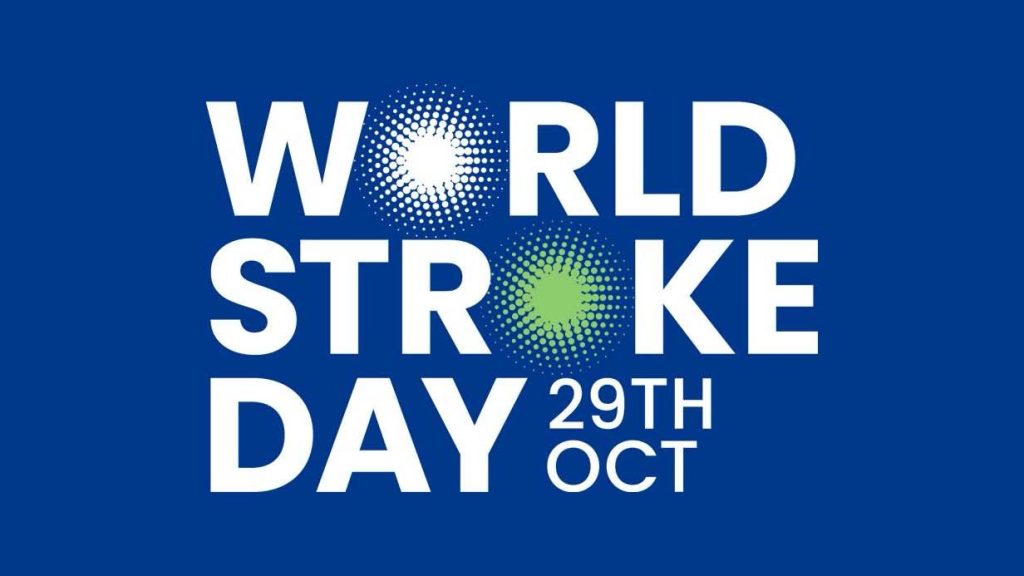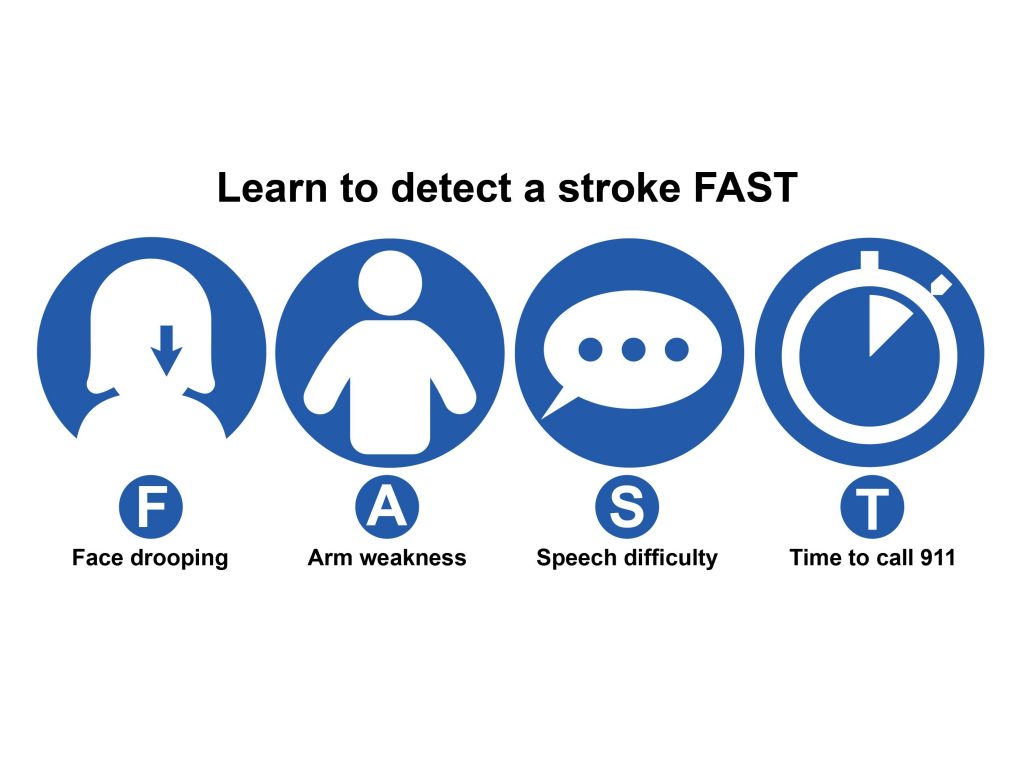-
Neurosciences
Mayo Clinic Minute: Stroke treatment

World Stroke Day on Oct. 29 is a time to raise awareness about the signs, symptoms, treatments and ways to prevent stroke. Each year, an estimated 15 million people around the globe experience stroke, according to the World Health Organization, with one-third resulting in death. That's why immediate stroke treatment is crucial.
Journalists: Broadcast-quality video (1:05) is in the downloads at the end of this post. Please courtesy: "Mayo Clinic News Network." Read the script.
When the symptoms of stroke present, calling 911 and seeking care immediately is the most crucial step to prevent disability or death.

“We have excellent treatments to reverse stroke symptoms, but these treatments are incredibly time-dependent,” says Dr. Stephen English, a Mayo Clinic neurologist.
For an ischemic stroke, which occurs when blood flow to the brain is blocked, there are two main treatment options to restore blood flow.
The first treatment that we can potentially offer is a medication that helps to dissolve blood clots," says Dr. English. "The second stroke treatment is a treatment where we can intervene by placing a catheter, a small tube in your blood vessels, and navigate to that clot in your brain using an X-ray. Then, we can administer a device or use suction to help remove the blood clot."
Hemorrhagic stroke occurs when a weakened blood vessel ruptures. Surgery may be needed to repair the rupture, remove blood in the brain and prevent swelling.
"We lower blood pressure to help prevent the growth of the bleeding, then we reverse issues that can contribute to further bleeding," says Dr. English. Surgery may be needed to repair the rupture, remove blood in the brain and prevent swelling.







